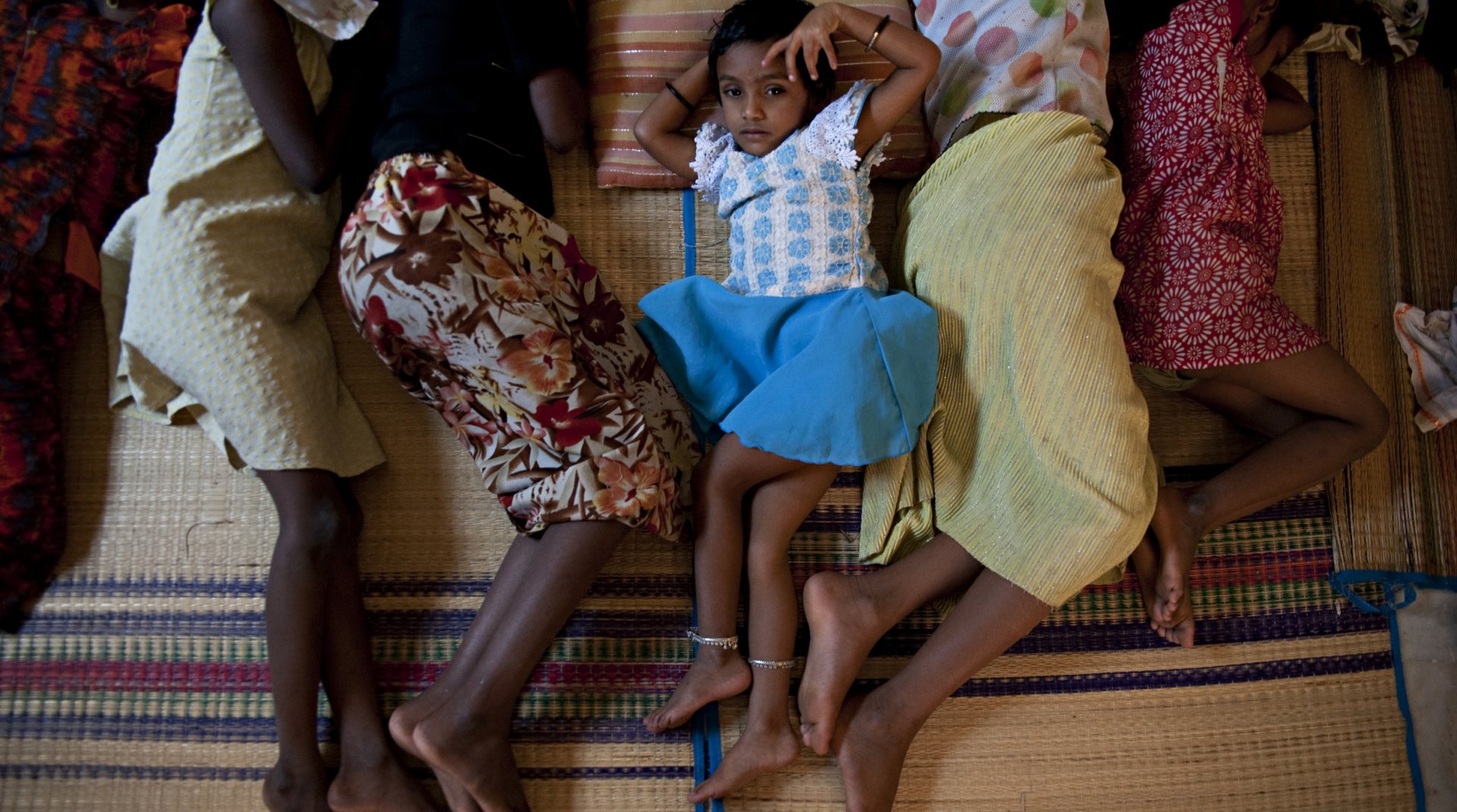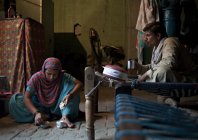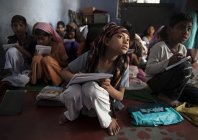
Violence against women in India
Walter Astrada
Getty Images Reportage pour Alexia Foundation
In India, millions of girls have been eliminated since the early 1980s through infanticide and widespread use of sex-selection via ultrasound tests and abortion. Young women in India face a strong social and family pressure to honor their husband with a son and it is not uncommon for mothers-to-be to undergo three or four abortions until they are sure they are expecting a boy.
The deep-rooted preference for boys comes mainly from the Hindu tradition: only boys can perform the last religious rites for their parents, only boys can inherit and carry on the family name. Girls are seen as a financial burden: their dowry and wedding can cost the life savings of their family.
Over the last fifteen years, the dowry has increased with consumerism and the emergence of the middle class, shifting from ritual gift-giving to a compulsory financial transaction with the bride’s parents giving jewels, garments, huge amounts of cash, a refrigerator, a flat screen TV, an air conditioner or a new car.
Preview





Such dowry inflation has made the rejection of girls by well-off middle-class families even worse, and more skewed sex ratios are now being reported in the richest states of India such as Punjab, Haryana and Gujarat, as well as the capital, New Delhi, and the prosperous city of Mumbai.
The dowry system has other tragic consequences. Harassment by husband can continue for years after the wedding, in an attempt to get more money from the bride's parents. If no further payments are made, there can be violence and even murder with the wife's sari doused in kerosene and set alight. In India, some 7000 dowry-related crimes are reported to the police every year.
Prenatal selection is not the only way of eliminating unwanted girls. In Punjab, female infant mortality is four times higher than for male infants, with unnatural premature deaths caused by inadequate healthcare and nutrition for baby girls. After thirty years of sex-selective births, there is now a huge gender gap in India and at least 42 million women are now “missing.” A system of cash payments to parents of girls has been set up in a bid to stop the decline in female births.
The shortage of girls then leaves many young men with no eligible brides, mainly in the northwestern states. Some ask middlemen to find them a wife, at any price and bride-selling is a practice that has developed extensively over recent years, with girls generally bought from poor families in West Bengal or Bihar, or countries such as Bangladesh or Nepal, to be sold to bachelors in Punjab or Haryana. The price ranges from 25 000 to 105 000 rupees (€420 to €1 750).
Some girls are also raped by bride traffickers or forcibly sold as prostitutes in big cities. An entire generation of males will have to pay the price for this discrimination against girls: demographers estimate that within ten years some 30 million young Indian men will be in a situation of forced celibacy, men who, ironically, will have no son to inherit their land and name.
Bénédicte Manier, French journalist and writer.





